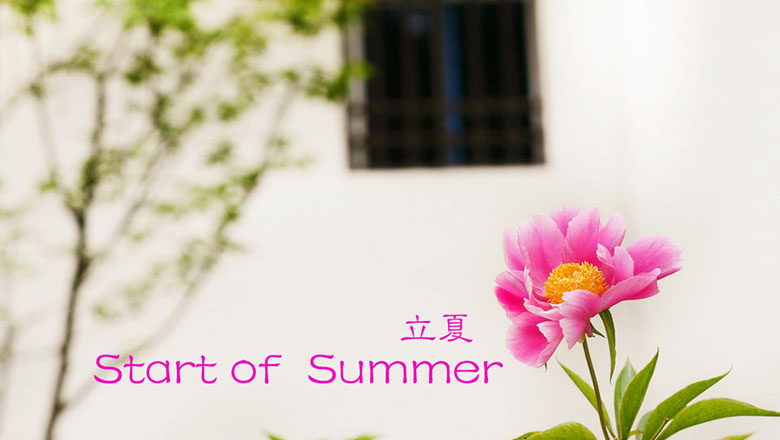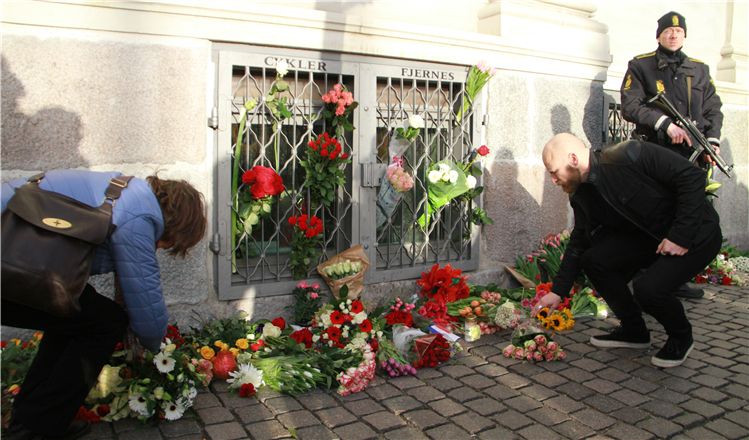Buddhist art comes to LA
Updated: 2016-05-05 11:48
By Lia Zhu in San Francisco(China Daily)
|
||||||||

An exhibition featuring Buddhist artifacts found in the Mogao Caves of China's Dunhuang region, along with three hand-painted cave replicas, will be on display at the Getty Center in Los Angeles from May 7 to Sept 4.
The exhibition, titled Cave Temples of Dunhuang: Buddhist Art on China's Silk Road, is the result of a five-year coordinated effort by the Getty Conservation Institute, the Getty Research Institute, the Dunhuang Academy and the Dunhuang Foundation.
"We hope the exhibition will reveal to the public one of the world's greatest treasures," said Tim Whalen, director of the Getty Conservation Institute. "We hope that the public comes away with a deep understanding of what the secret in the singular place is, how it functioned in the desolate desert setting."
The Mogao Caves in China's western Gansu province, an ancient Silk Road site, are famous for their statues and wall paintings, spanning 1,000 years of Buddhist art. With their exquisite wall paintings and sculptures, the Mogao Caves bear witness to the intense religious, artistic and cultural exchanges along the Silk Road, the trade route linking East and West.
This exhibition, unprecedented in scope, is the first in North America to fully explore the art, environment, and conservation of the Buddhist cave temples of Dunhuang, said James Cuno, president and CEO of the J. Paul Getty Trust.
"The first-time Dunhuang exhibition in the United States is expected to promote cultural understanding and exchange between the two countries," said Fan Jinshi, director emerita of Dunhuang Academy.
The art and objects on display explore the history of the cave temple site from its founding in the 4th century to its abandonment in the 14th century and its revitalization in the 20th.
A temporary building on the Getty's plaza will house three full-scale, hand-painted replica caves, filled with Buddhist painting and sculpture.
The replica caves, created by artists from the Dunhuang Academy's Fine Arts Institute, were constructed through a multi-year process that included photographing and printing images of the caves' walls at their original scale, tracing the images with pencil, and then doing contour-line drawings on top of the tracings.
The three replicated cave temples span the fifth to the eighth century, featuring a large central image of Maitreya, Buddha of the future, the brilliantly colored wall paintings that incorporate Hindu and indigenous Chinese deities into a Buddhist context, as well as a magnificent ceiling with a central peony motif, surrounded by decorative tent hangings and numerous small Buddhas.
On display will be more than 40 objects discovered in 1900 in Mogao Cave 17, known as the Library Cave. The stunning works reflect the diverse ideas, beliefs and artistic styles of China and the Silk Road from the 8th to the 10th century.
With the help of 3-D stereoscopic technology, the exhibition allows visitors to examine in detail the magnificent sculpture and painting of Cave 45, which exemplifies the artistic brilliance of Chinese art of the High Tang period (705-781).
The exhibition will also focus on the modern history of the Mogao cave temples at Dunhuang, highlighting the Getty Conservation Institute's work in partnership with the Dunhuang Academy to address the challenges of preserving this singular site.
liazhu@chinadailyusa.com
- Rousseff: Accusations against her 'untruthful'
- Almost one-sixth of Brazil's confirmed microcephaly cases linked to Zika
- Impeachment trial against Rousseff recommended to senate
- With nomination secured, Trump to aim all guns at Hillary Clinton
- Obama sips Flint water, urges children be tested for lead
- Massive protests against Abe mark Japan's Constitution Memorial Day

 Five things you may not know about the Start of Summer
Five things you may not know about the Start of Summer
 Art imagines celebrities as seniors
Art imagines celebrities as seniors
 Japanese animator Miyazaki's shop a big hit in Shanghai
Japanese animator Miyazaki's shop a big hit in Shanghai
 Star Wars Day celebrated around world
Star Wars Day celebrated around world
 Lego man goes backpacking around world
Lego man goes backpacking around world
 Olympic flame lands in Brazil for 94-day relay to Games
Olympic flame lands in Brazil for 94-day relay to Games
 Top 10 least affordable cities to rent in
Top 10 least affordable cities to rent in
 Exhibition of Tibetan Thangka painting held in Lhasa
Exhibition of Tibetan Thangka painting held in Lhasa
Most Viewed
Editor's Picks

|

|

|

|

|

|
Today's Top News
Liang avoids jail in shooting death
China's finance minister addresses ratings downgrade
Duke alumni visit Chinese Embassy
Marriott unlikely to top Anbang offer for Starwood: Observers
Chinese biopharma debuts on Nasdaq
What ends Jeb Bush's White House hopes
Investigation for Nicolas's campaign
Will US-ASEAN meeting be good for region?
US Weekly

|

|









